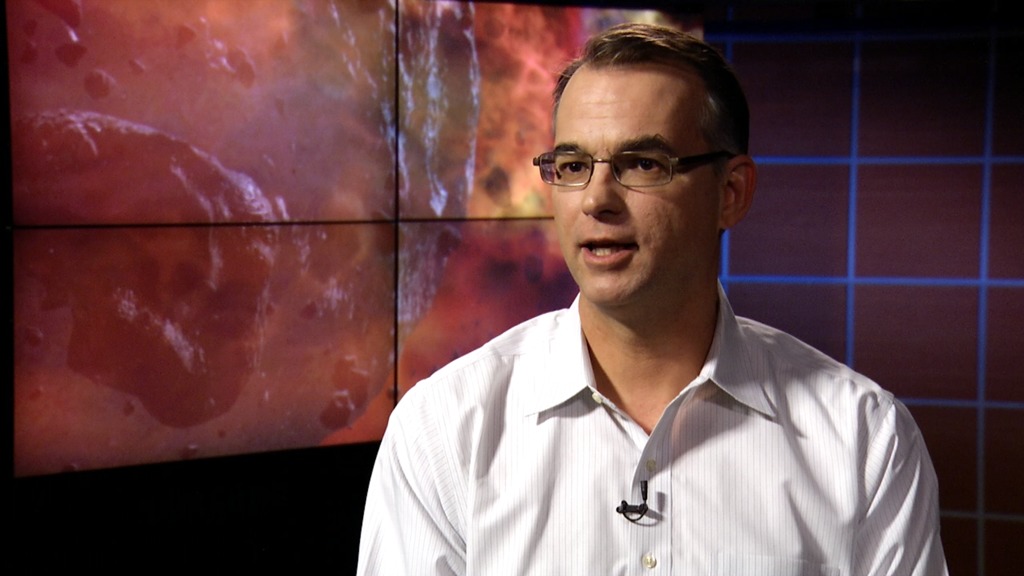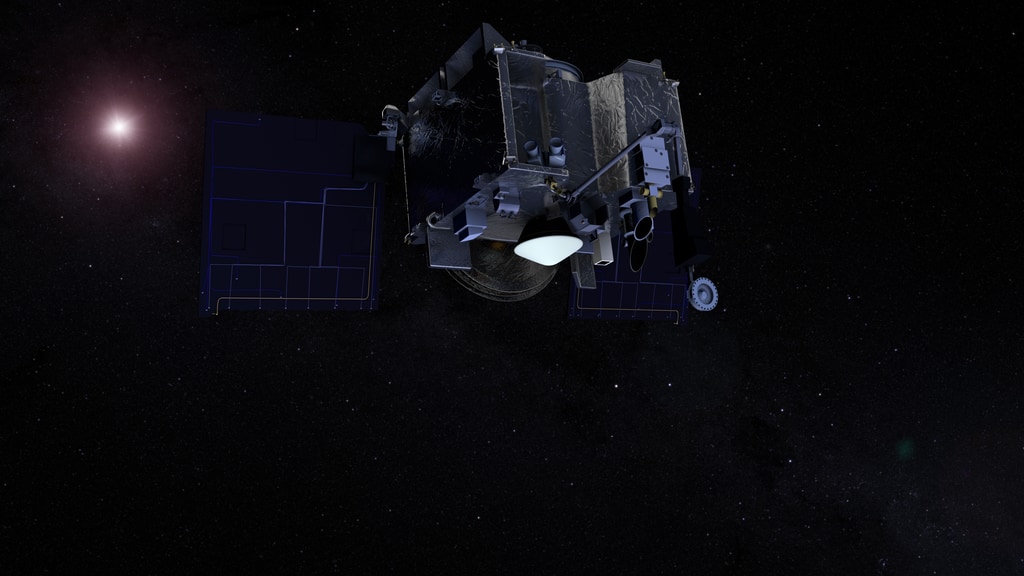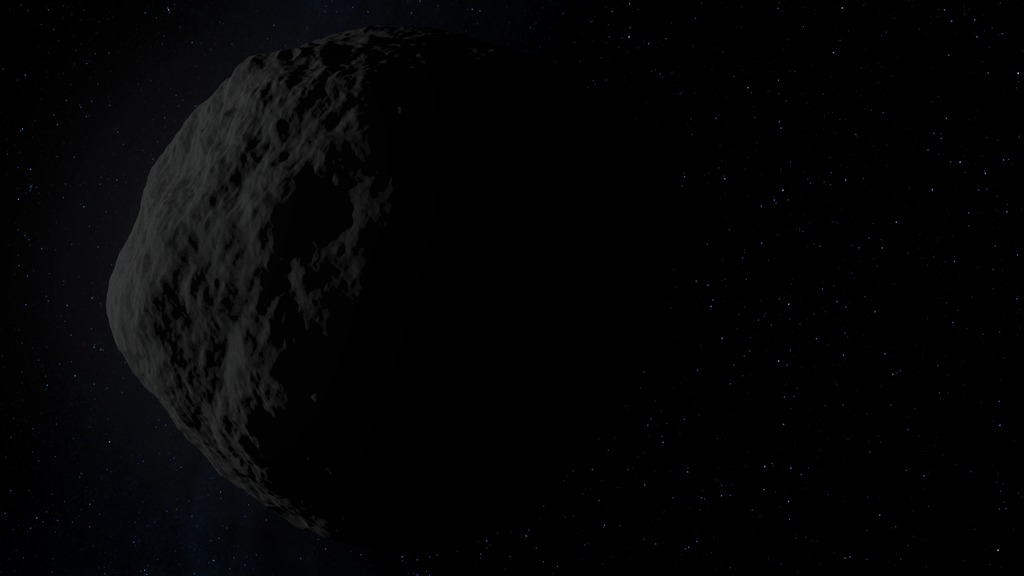OSIRIS-REx Approach Media Telecon
Recorded audio from the OSIRIS-REx approach media teleconference on August 24, 2018, with accompanying presenter graphics. Individual graphics are available below.
Watch this video on the NASA.gov Video YouTube channel.
NASA is hosting a media teleconference at 2 p.m. EDT Friday, Aug. 24, to provide an update on upcoming activities related to the agency’s first mission to return a sample of an asteroid to Earth.
The Origins, Spectral Interpretation, Resource Identification, Security-Regolith Explorer (OSIRIS-REx) spacecraft, which launched on Sept. 8, 2016, started asteroid science operations last week, began imaging asteroid Bennu for the first time, and is now preparing to conduct the necessary approach maneuvers to rendezvous with Bennu on Dec. 3.
The mission represents a valuable opportunity to learn more about the origins of our solar system, the sources of water and organic molecules on Earth, and the hazards and resources in near-Earth space.
The briefing participants are:
Lori Glaze, acting director of the Planetary Science Division at NASA Headquarters
Dante Lauretta, OSIRIS-REx principal investigator at the University of Arizona, Tucson
Michael Moreau, OSIRIS-REx flight dynamics system manager at NASA’s Goddard Space Flight Center
Sandy Freund, OSIRIS-REx mission support area manager at Lockheed Martin Space
For more information, go to nasa.gov/osiris-rex or asteroidmission.org.
1. Jones - OSIRIS-REx Approach Phase opening remarks
Credit: NASA's Goddard Space Flight Center

1. Glaze - Planetary Fleet
Credit: NASA

2. Glaze - New Frontiers
Credit: NASA

3. Glaze - Small-Body Missions and Common Themes
Credit: NASA/University of Arizona

1. Lauretta - OSIRIS-REx Acronym
Credit: NASA/Goddard/University of Arizona

2. Lauretta - OSIRIS-REx Instruments
Credit: NASA/Goddard/University of Arizona
3. Lauretta - The first image of asteroid 101955 Bennu
(Available here as both a GIF and mp4 video.)
Credit: NASA/Goddard/University of Arizona
On Aug. 17, the OSIRIS-REx spacecraft obtained the first images of its target asteroid Bennu from a distance of 1.4 million miles (2.2 million km), or almost six times the distance between the Earth and Moon. This cropped set of five images was obtained by the PolyCam camera over the course of an hour for calibration purposes and in order to assist the mission’s navigation team with optical navigation efforts. Bennu is visible as a moving object against the stars in the constellation Serpens.

4. Lauretta - OSIRIS-REx Mission Operations Timeline
Credit: University of Arizona

5. Lauretta - Approach Timeline
Credit: University of Arizona
1. Moreau - Cruise and Approach phases
Credit: NASA's Goddard Space Flight Center
2. Moreau - Preliminary Survey and Orbit A
Credit: NASA's Goddard Space Flight Center

3. Moreau - Small bodies and asteroid Bennu to scale
Credit: NASA/University of Arizona/ESA/JAXA

4. Moreau - Optical Navigation phases
Credit: NASA/Goddard/University of Arizona

1. Freund - The OSIRIS-REx spacecraft at Lockheed Martin
Credit: Lockheed Martin Space

2. Freund - The OSIRIS-REx Touch-And-Go Sample Acquisition Mechanism (TAGSAM)
Credit: Lockheed Martin Space
3. Freund - TAGSAM deployment test at Lockheed Martin
Credit: Lockheed Martin Space
4. Freund - TAGSAM deployment during Approach Phase
Credit: Lockheed Martin Space
Credits
Please give credit for this item to:
NASA's Goddard Space Flight Center
-
Public affairs officer
- Nancy Neal-Jones (NASA/GSFC)
-
Presenters
- Nancy Neal-Jones (NASA/GSFC)
- Lori S. Glaze (NASA/HQ Planetary Science)
- Dante Lauretta (The University of Arizona)
- Michael Moreau (NASA/GSFC)
- Sandra Freund (Lockheed Martin)
-
Producers
- Katrina Jackson (USRA)
- Dan Gallagher (USRA)
-
Graphic designers
- Heather Roper (The University of Arizona)
- Jenny Mottar (Digital Management, Inc.)
- Dan Gallagher (USRA)
-
Animators
- Walt Feimer (KBR Wyle Services, LLC)
- Michael Lentz (USRA)
-
Data visualizer
- Kel Elkins (USRA)
-
Videographer
- Adam Mattivi (Lockheed Martin)
-
Support
- Aaron E. Lepsch (ADNET Systems, Inc.)
Release date
This page was originally published on Friday, August 24, 2018.
This page was last updated on Wednesday, May 3, 2023 at 1:46 PM EDT.
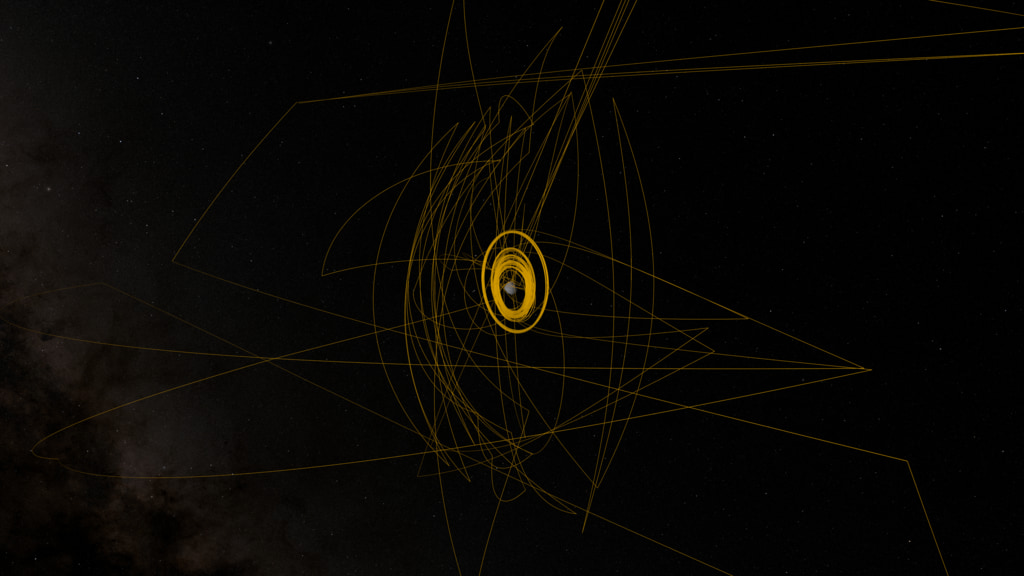

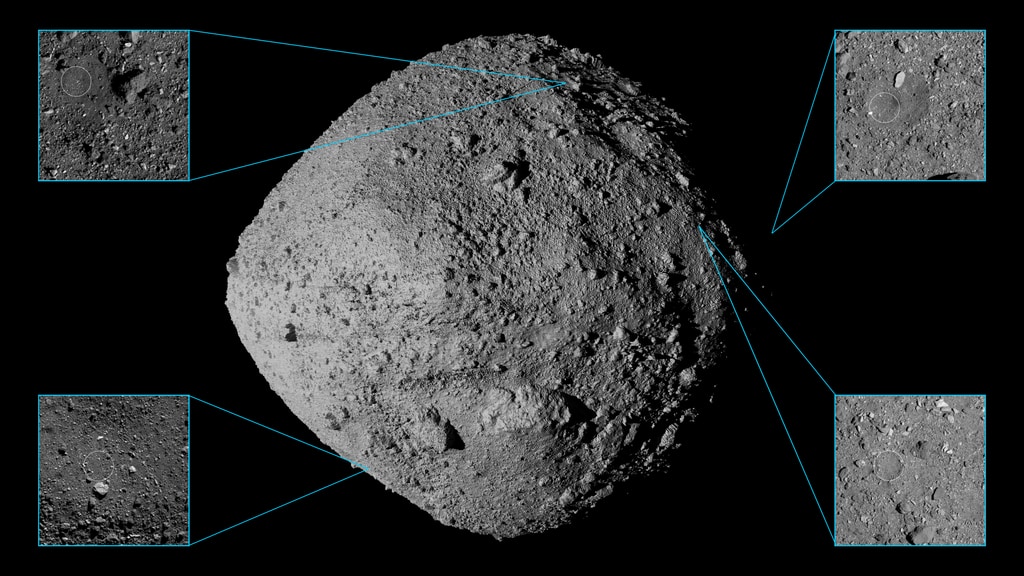


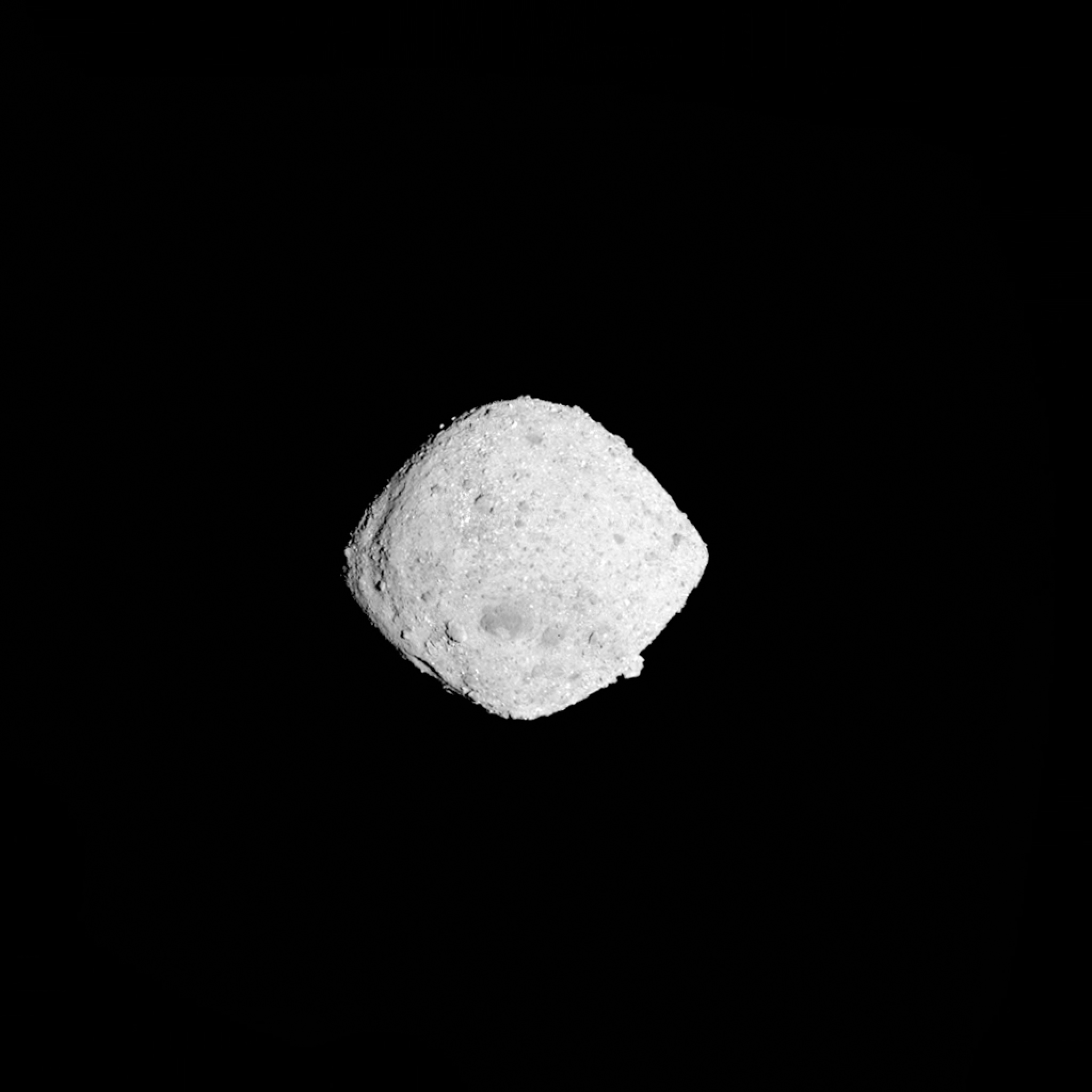
![Hosted video YouTube versionWatch this video on the NASA Goddard YouTube channel.Music credits:"Memorized" by Camille Ballon [SACEM]; KTSA Publishing SACEM; Gum Tapes; Killer Tracks Production Music"City Dreams" by Roberto Briot [SACEM]; KTSA Publishing SACEM; Gum Tapes; Killer Tracks Production Music"Sjungande Faglar" by Thomas Didler [SACEM]; KTSA Publishing SACEM; Gum Tapes; Killer Tracks Production Music](/vis/a010000/a013000/a013051/orex_approach_hosted_YT_thumbnail.jpg)



